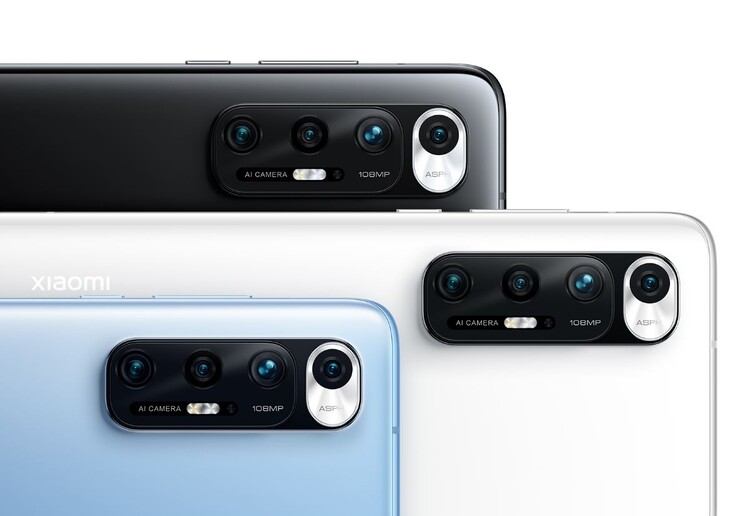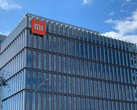Xiaomi launched its newest premium device, the Mi 10S, yesterday in China. It's unknown if the phone will be sold globally but it's another much-needed option in the premium segment for fans of the company. Of course, the existence of the Mi 10S raises some questions, one of which is: Mi 10S or Mi 11?
For those unsure, the Mi 10S is an update to last year's Mi 10. It does so by keeping most of the already impressive hardware from the Mi 10 while making a few changes. The most important change is the Snapdragon 870 under the hood. Built on a 7nm process, the Snapdragon 870 is an updated version of the Snapdragon 865 that was on the Mi 10. Also important is the addition of Harman Kardon-tuned speakers, a feature that debuted on the Mi 11 in January.
Other specs of the Mi 10S are familiar. A 6.67-inch FHD+ AMOLED with a 90 Hz refresh rate, UFS 3.0, up to 12 GB of LPDDR5 RAM, a 4780 mAh battery, 33 W wired charging, 30 W wireless charging, and 10 W reverse wireless charging. Importantly, the main camera is the same 108 MP ISOCELL Bright HMX on the Mi 11. That camera is joined by an 8 MP ultra-wide-angle camera, a 2 MP macro camera, and a 2 MP depth sensor. The selfie camera is a 20 MP shooter.
Mi 10S or Mi 11?
Without a doubt, the Mi 11 is a better device. That goes without saying, as the Mi 10S is just a refreshed Mi 10, and the next-gen device is always going to be better. While the Mi 10S makes do with a 90 Hz FHD+ display, the Mi 11 takes things up a notch with a 120 Hz QHD+ display.
The Mi 11 also has the more powerful chipset in the Snapdragon 888. That isn't necessarily a good thing, though, as much has been said about the less than stellar implementation of the Snapdragon 888 on the Mi 11. The Snapdragon 870 on the Mi 10S may be the better option since it still holds its own incredibly well.
Camera-wise, both phones may use the same sensor but real-world performance will likely be better on the Mi 11, due to better optics and a more powerful ISP. The Mi 11 also gets a 13 MP ultra-wide camera versus the Mi 10S's 8 MP unit. It also gets a tele-macro camera that looks to be more useful than the Mi 10S's last two shooters. Lastly, the Mi 11 gets faster charging across the board.
The Mi 10S will likely have an edge in battery performance. Its 4780 mAh battery is bigger than the Mi 11's 4600 mAh unit. That, in addition to a slower display and a more reliably efficient chipset, should see it offer longer battery times than the Mi 11. Slower charging does offset that, though.
The most important factor here, however, is that of price. The Mi 10S starts at CNY 3,299 (US$510) for the model with 8 GB of RAM and 128 GB of storage. An equally specced Mi 11 costs CNY 3,999 (US$615). That's an extra US$100. Justifiable? Yes, but your mileage may vary.




























